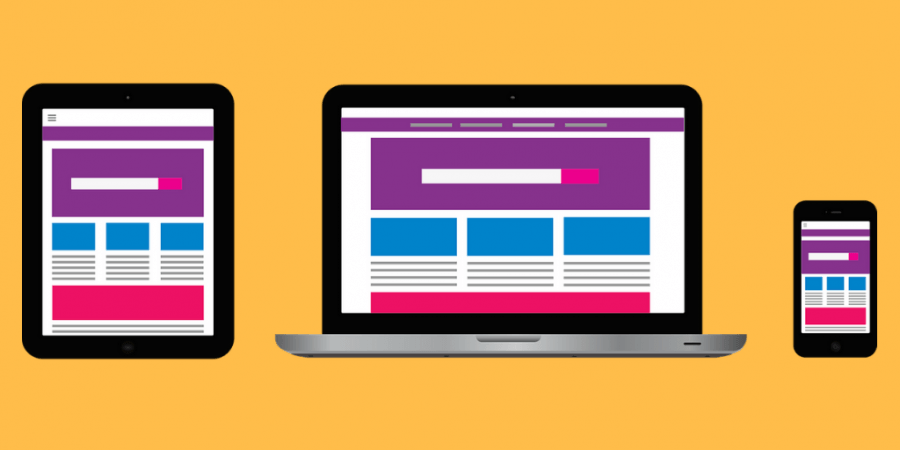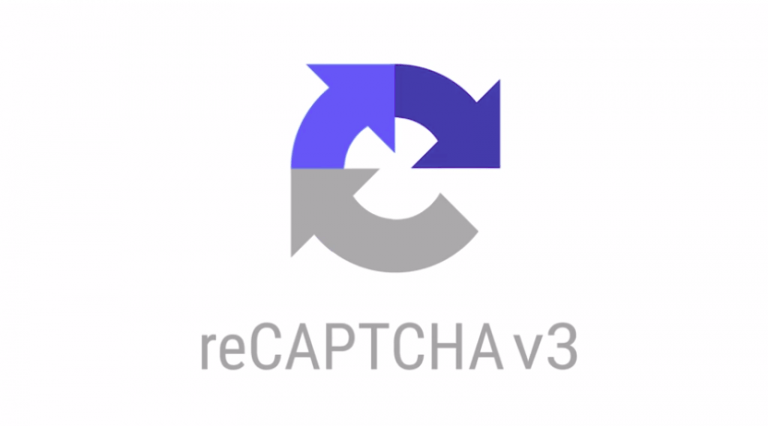What Is the Real Cost of a Website?
Editor note: This article has been updated to provide more in-depth information and accuracy as of 2018
What Is the Real Cost of a Website?
Many business and web owners will take the cost of a new website at face value. After all, you are paying for the services up front. We always suggest that you consider the cost over its lifecycle, rather than just the initial build.
If you buy a chocolate bar from your local shop, you are paying for a product. A product that you consume immediately and it's gone. Consider your website an asset, not a product.
You do not pay for your website and then it goes once it is brought.
Similarly, it's about evaluating the value of the website in relation to your business.
For some businesses, their website is their lifeline. Without the ability to market themselves online, they would have no business at all.
If you are a small local business then a website may not be the most necessary asset for you. That being said, if you didn't have a website at all, how much would this affect your ability to make sales and generate revenue?
Maybe you do have a website already. Although it may be outdated and is currently outliving its use. In this event, the marketing message may not be as strong as it can and needs to be.
We find that outdated websites with little direction offer very little to the business in question. Sometimes, it may even be taking more money than it makes. Failing to update your website to convey the right message, attract the right audience and essentially pay for itself can see your business dwindle and come to a halt.
Whilst it may cost a large sum up-front, the potential for profit in the future outweighs the initial price. Something we will cover later in this article.
The real cost of a website differs from general website costs. The difference is that we are looking at the costs of the website in its entirety, rather than looking at the upfront cost from the developer.
If you are looking for pricing factors and affordability, we compiled our understanding and experience into our article: Affordable Web Design - What Does That Mean? This will help you compare and select the right option for your budget and requirements.
Post Build
Regardless of the price quoted, you need to analyse the requirements of the website. Are you going to be selling a large number of products on an e-commerce platform? If so, you are going to need to be on a hosting package that provides exactly what you need.
With the same example, you would need a dedicated SSL and perhaps support to make further changes in the future. Your £9000 quote is just the foundation of what is truly needed.
Depending on the scale of your website, you could be looking at an additional £30 - £100+ on top each month. Whilst the pricing of packages is solely dependant on the provider you choose, this is typically the range you would be expecting to pay. E-commerce websites typically require higher tier packages.

Lifecycle
Before paying a web designer for a new website understand that your website will not last forever. Websites typically have a lifespan of 3-5 years, depending on the business.
If you are updating your ranges often, it would then require a complete overhaul sooner rather than later.
We akin this to purchasing a company vehicle. After 3 years it may still have plenty of life in it but the chances are it will have a few miles on the clock and be a little worn out. You would likely be looking to get a newer model.
The same can be said about your website.
Our view is that you look at the lifecycle of the website over 3 years and consider it "written off" by then. It may well be that the site is still looking great and fresh but this is more of an exercise in cost evaluation rather than a procedure that must be followed.
There are other elements that should be taken into account as well.
For instance, if after 2 years your main competitor re-designs their website and it outmatches yours in every area, it could be an indicator that your website needs to follow suit.
Similarly, if your website is using certain features that are no longer supported (and these are integral features) you may need to re-design the website out of sheer necessity, rather than desire.
Sometimes, in order to compete, you have to improve.
The Math
Using the 3-year lifecycle as a base point, we can break down the monthly outgoing costs associated with the website.
Redesign Cost: £2500
Hosting and support costs: £50
per month
Bear in mind that SSL and additional bandwidth allocation are not included within hosting and support.
Aggregated over the 3-year life of the website, it equates to £119 per month.
Clearly, this is not a cash flow calculation. However, it does help to provide an understanding of the true cost of the site over its minimum shelf life.
Whilst the figures above are used for example purposes only, they do serve a visual purpose. Especially assuming that your website may cost more and depending on the developer, so may their hosting packages.
Potential Earnings
It might look daunting, knowing that you will have to pay an additional £119 a month to keep the website live and functioning. Sometimes the focus is on the costs and not the earning potential.
For example, you are likely to find that your new and improved website is bringing in more leads. More of these leads then convert into paying customers. Whilst you have invested a large sum of money, you may now be earning two-three times as much as before.
Let's assume that each month you are now earning £3000. Your new website cost you £9000.
Over the course of 3 years, you will have made £108000, earning you £99000 as profit (assuming we are just comparing this to the website cost) over the course of your websites lifespan.
Not only has your website paid for itself, but it has also paid for its next re-design.
This is the mentality that we want web owners to take. We have said before that your website is one of the best investments you can make in your business.
If you are looking for a re-design, contact us on 01332 477575 to talk through your requirements.






